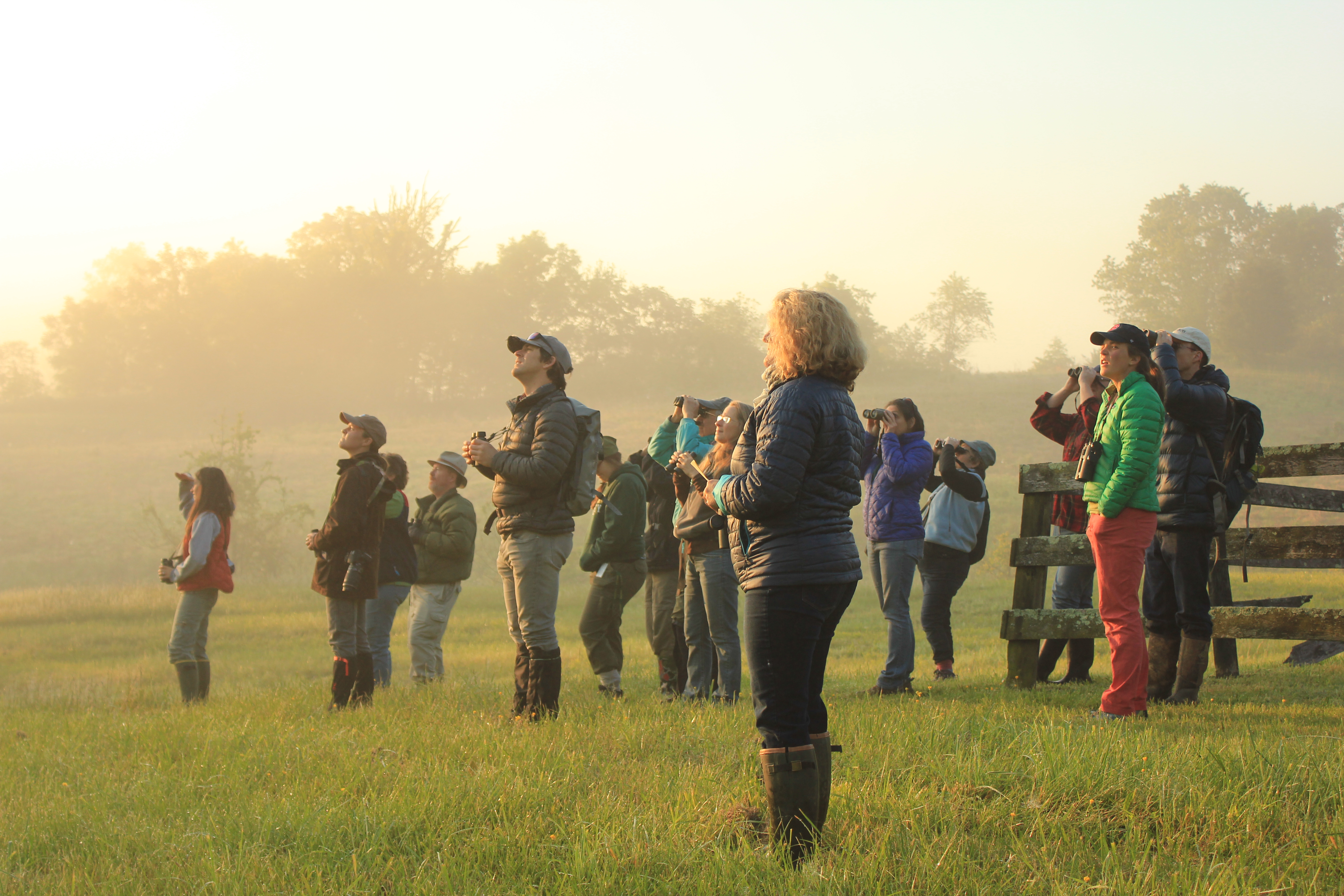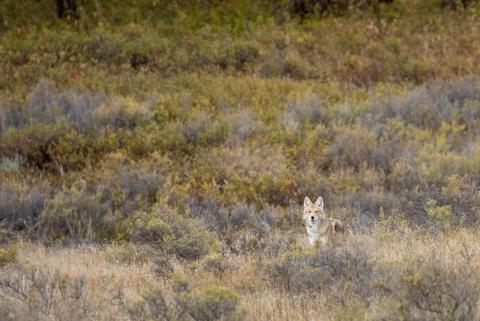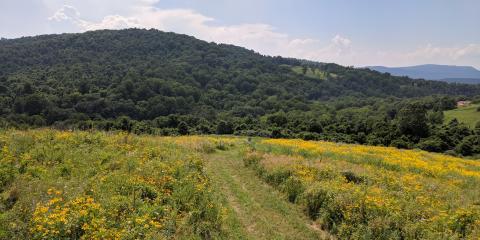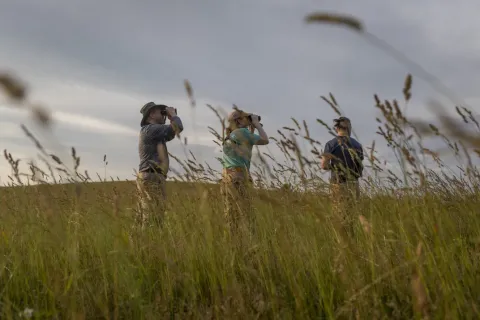Virginia Working Landscapes

Virginia Working Landscapes (VWL), based at Smithsonian’s National Zoo and Conservation Biology Institute in Front Royal, Virginia, brings together scientists, landowners, producers, and community partners to study and promote the conservation of native biodiversity on working lands. Since its founding in 2010, VWL has worked at the intersection of science, agriculture, and community to translate research into real-world conservation solutions.
Through applied research, education, and community engagement, VWL strives to protect Virginia’s rich biodiversity while supporting sustainable land management. Our scientists collaborate with landowners, universities, federal and state agencies, conservation nonprofits, and community members to co-develop programs that bridge the gap between science and on-the-ground conservation.
Research priorities include:
- Grassland ecology and restoration to benefit wildlife and livestock
- Migratory bird ecology and avian conservation
- Human dimensions of conservation and community-based stewardship
- Ecosystem services provided by wildlife on working lands
- Long-term biodiversity monitoring across private and public lands
In addition to advancing scientific knowledge, VWL engages and educates local communities to promote wildlife-friendly practices. Findings from VWL research inform conservation priorities and guide land-use strategies, helping land managers, organizations, and policymakers build more resilient landscapes for both people and nature.
Featured Stories

Connecting with Coyotes on the Prowl ›

